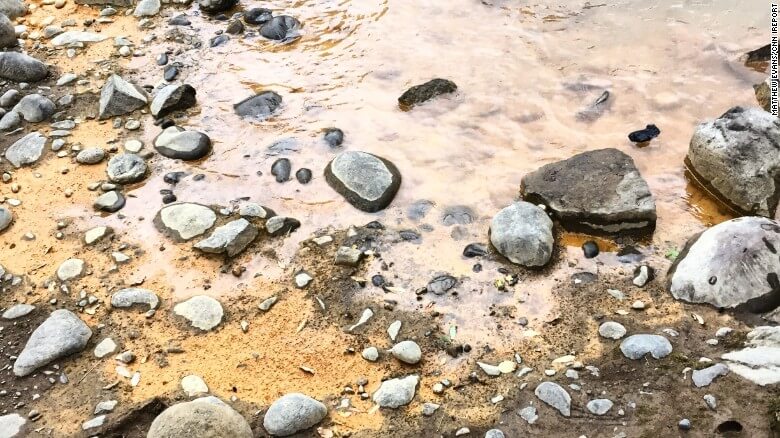Written by Scott Braden, Wilderness and Public Lands Advocate
Photography is one of my favorite hobbies, and it can sometimes make wilderness work seem easy. That is certainly the case for the Continental Divide campaign. The pictures of mountainous wilderness dreamscapes from a bevy of photographers like John Fielder and so many others come easy to this landscape.
While the beauty of the Continental Divide proposal is undeniable, the quest to win permanent protection for these remaining unprotected lands of the White River National Forest has been hard fought. For the past eight years, a collaboration of conservationists, local leaders, mountain bikers, sportsmen, veterans, and other interests have come together to forge a proposal that balances protecting wilderness quality lands with sustaining the recreational economy on which the local communities depend. This balance of natural and recreational qualities is what attracts people from the world over to Summit and eastern Eagle county to visit, to play, to be in nature, and to live a higher quality of life.
The Continental Divide proposal would designate 58,000 acres of the White River National Forest as a mixture of wilderness, the highest level of federal public lands protection, and more flexible special management areas designed to balance conservation and sustained recreational access. New wilderness areas would be added to the Tenmile Range and the Williams Fork Mountains, while existing designated wildernesses such as the Holy Cross and Eagles Nest would be expanded.
Unlike the stunning photography, this effort has not always been easy, but it is surely worth the effort. With Colorado’s population predicted to double by 2050 and competing uses for lands only likely to increase, it is prudent and even our responsibility to conserve and protect our wild lands while they are still in that condition. On top of that, climate change is already placing additional stresses on the plants and wildlife of the region, increasing the need to link and protect habitat for species on the move.
Fortunately, the Continental Divide has strong allies. U.S. Representative Jared Polis has introduced the Continental Divide Wilderness and Recreation Act in the U.S. House while, Senator Michael Bennet has recently announced that he will be introducing a similar bill in the U.S. Senate. We sincerely hope that Senator Cory Gardner will reinvigorate Colorado’s legacy of bipartisan action on wilderness by lending his support.
Though the U.S. Congress is often dysfunctional, there is reason for hope. Last year, the long drought for conservation lands bills broke and Colorado’s Hermosa Creek, as well as a quarter million acres around the West, were protected.
Even more recently, Congress moved in a Republican-led effort to protect another quarter million acres in Idaho. So we can get this done.
You can help make this happen by adding your voice to demand that we safeguard our mountains of the Continental Divide so they remain a haven for recreation and wildlife for many, many years to come.
For wild Colorado,
Scott Braden
Wilderness Advocate
Cover image by Devon Balet






